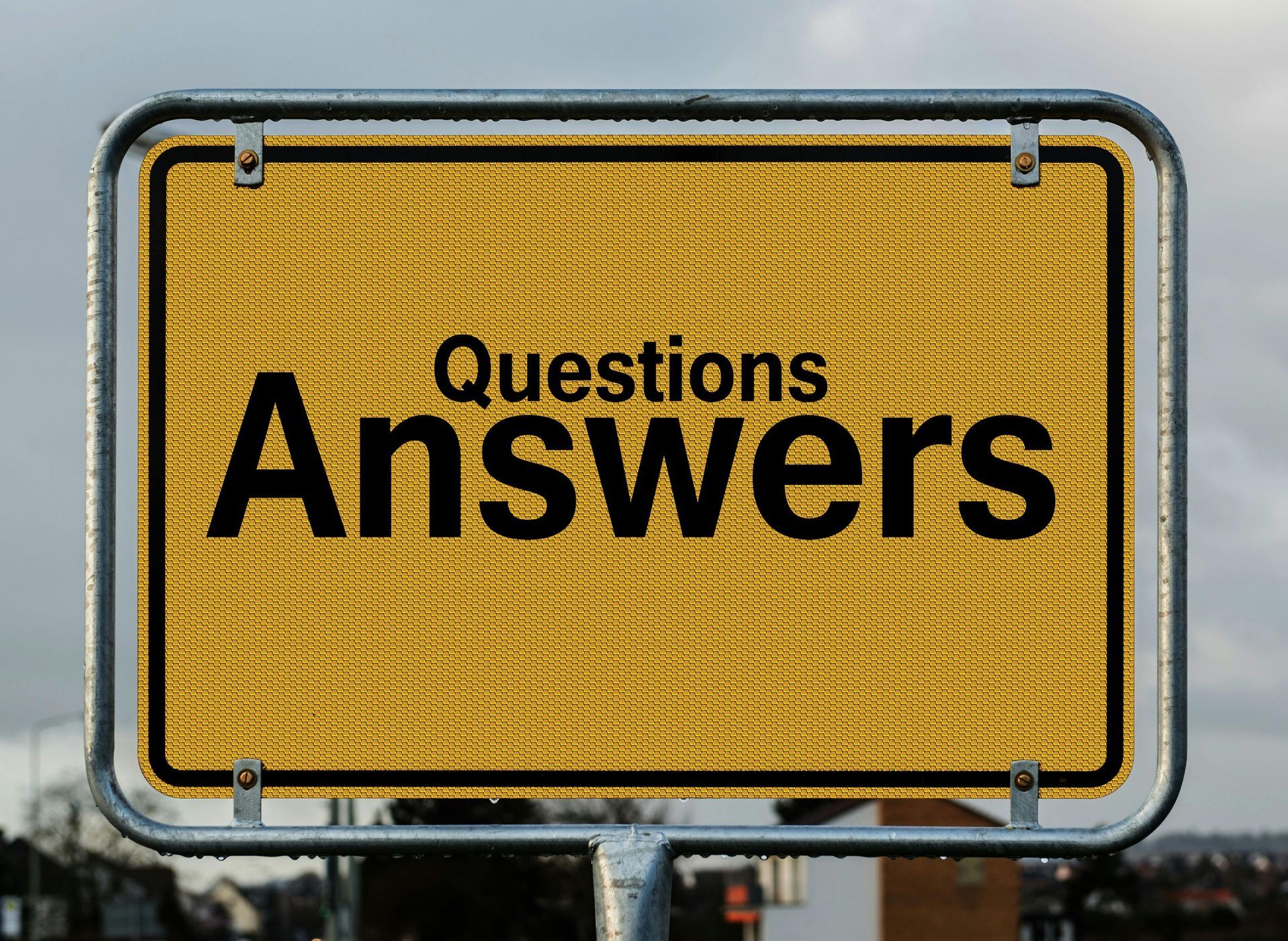Universal Life Insurance, Part 2 – The Good, The Bad And The Ugly
This is Part 2 – You can start at the beginning HERE
<< Part 1 - Part 3 >>
About Universal Life Insurance Policies
History of Universal Life Insurance
Over 40 years ago, I sat in a former employer’s class anxiously waiting for the product that was going to revolutionize the life insurance industry. It was called Universal Life. It was a product designed to pay current interest rates on cash values (then 15%). Combined with a low mortality charge and low administration costs, everyone that bought the product would be millionaires. It was sold as the solution to every financial problem. As I mentioned above, many major financial magazines glowed about it (I think they may have burned all the unsold issues).
Back in the 1980’s, I’m not sure the insurance companies really wanted to introduce this product, but the outcry by the consumer groups was getting too loud for them to ignore.
In the late 1970’s, things were changing. Consumer groups, led by Ralph Nader started picking on the insurance industry, telling them their products were terrible. The companies were selling outdated, over-priced contracts that mainly consisted of very low interest whole life. The public demanded higher interest crediting of their cash values. As a side note, Term life insurance was almost non-existent at the time, and what Term was available, was grossly overpriced.
The industry had a dilemma. Their cash cow product, whole life, was under attack. Interest and inflation rates were sailing along almost at 15%. Now one thing the industry didn’t want to do was to offer a product that offered great interest rates on the cash value and still give the guarantees that whole life offered. There was simply too much risk for them to absorb.
They made a compromise with the critics and the public. They said, “we will give you the higher interest rates you want; however, we want you, the consumer, to share in some of the risk.” So they came up with a modified variation of their old long-standing product, Whole Life and called it Universal Life. It un-bundled some of the inherent guarantees of Whole Life. Universal Life left the consumer wide open to new risks and the possibility of having their insurance canceled.
What is Whole Life Insurance?
To understand Universal Life, you need to understand Whole Life. The best way to explain Whole Life is this: You pay a set guaranteed premium for life – the company will give you coverage on your life (for life) for the amount you chose – the policy gives you paltry cash value – the company holds your cash value, invests your cash value and makes lots of money on it and pays you almost some interest in return – so you get to make the company a zero interest loan and you get some insurance – in other words, you get screwed – got it? Now if you don’t think that’s true, why do insurance companies own half the world?
So from a historical perspective, you can see why, in the 1970’s, that people were upset with the insurance industry.
Questions? Comments? Suggestions? 1-800-542-5530 – admin@americaquote.com
















